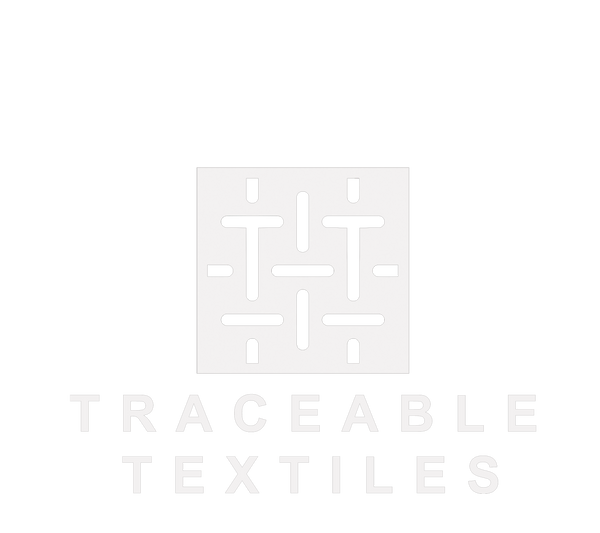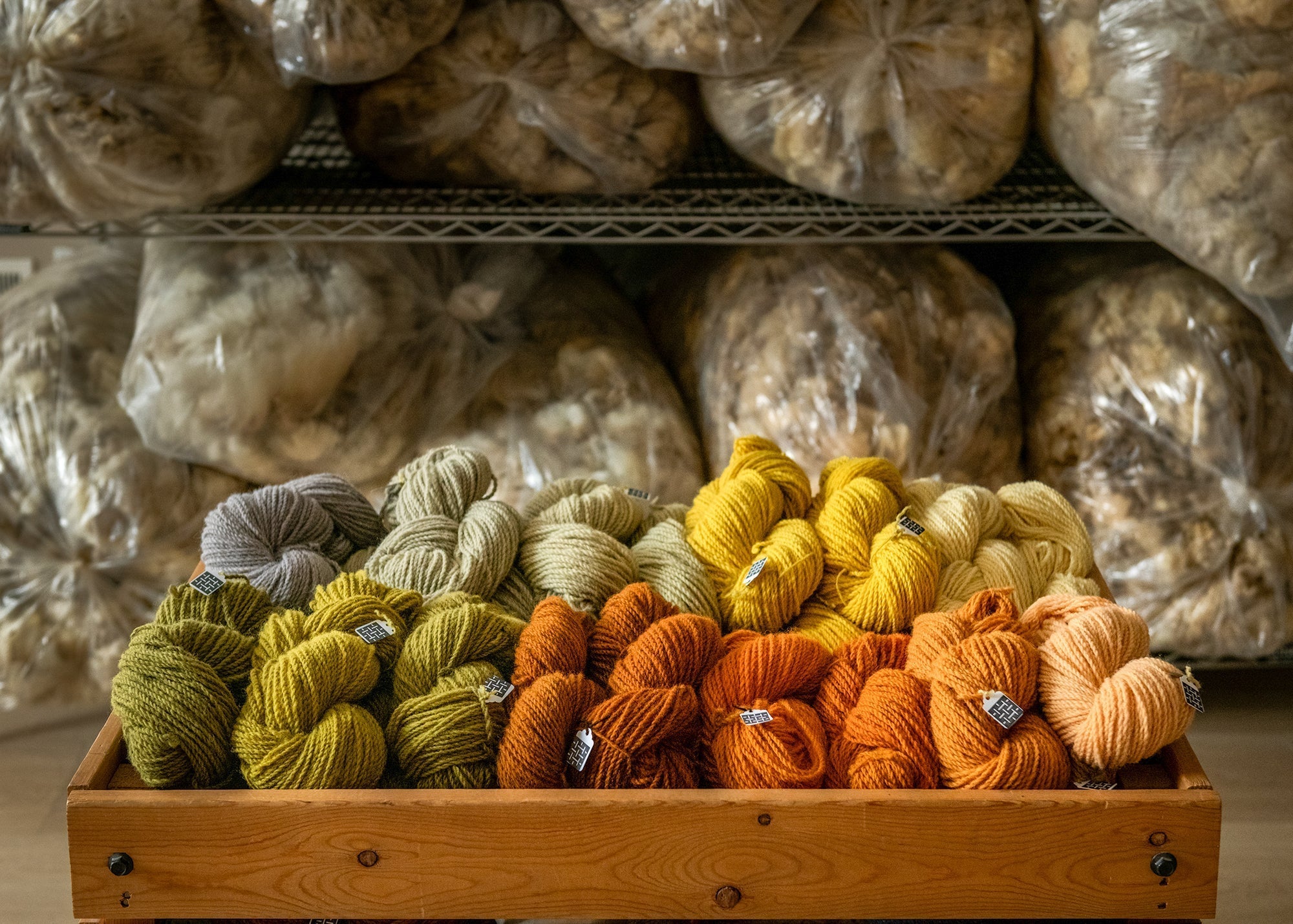The Environmental Cost of Synthetic Dyes
Conventional textiles use synthetic chemical dyes that have a significant environmental cost. To reduce our impact, we rely mostly on naturally coloured white, black, grey and brown wool for our designs. When we do use dyed colours, we dye the yarn ourselves using locally grown and ethically foraged plants, and then honour those colours by using them sparingly.
Local Plants We Use for Dyeing
The two plants that we choose to dye with readily grow in Alberta.
Tansy: A Powerful Noxious Weed for Dyeing
Tansy is a noxious weed that grows along road approaches in the river valley and in many fields.
Coreopsis: A Self-Seeding Garden Dye Plant
Coreopsis self seeds in my garden. Those little flowers pack a powerful punch and I can get at least 2 harvests per summer.
Marigolds: Edmonton’s Official Flower for Natural Dyeing
Marigolds are the official flower of Edmonton. We grow it in our beds at the studio, but we are also offered marigold flowers on a regular basis.
Seasonal Dyeing: When and How We Colour Our Yarn
We have two months of the year that we are dyeing yarn. February, while we are weaving we dye using flowers dried from summer, and August, when we have fresh flowers. We set aside time to focus on getting the dyeing done at select times. We then plan our blanket designs based on what we have available.
Our Naturally Dyed Wool Yarn
Pictured is our naturally dyed Parkland Wool against a backdrop of the skirted fleeces ready to deliver to Custom Woolen Mills in Carstairs, Alberta. Our yarn is specifically designed and blended to weave woolen style blankets. We use our naturally dyed yarn sparingly as it takes an abundance of labour and water to dye these beautiful colours.

